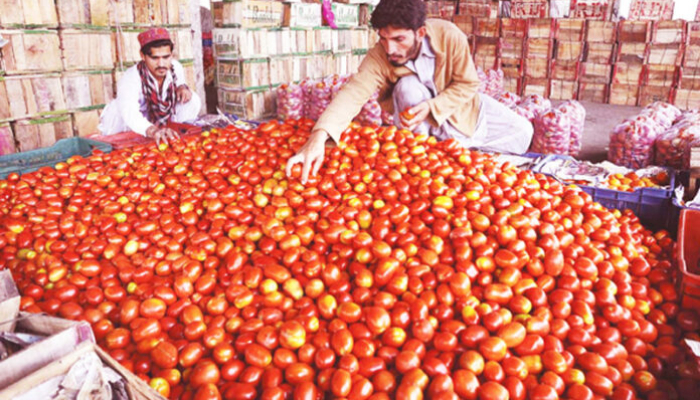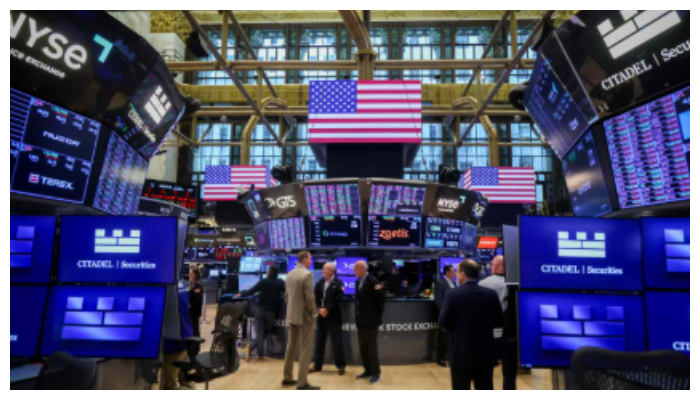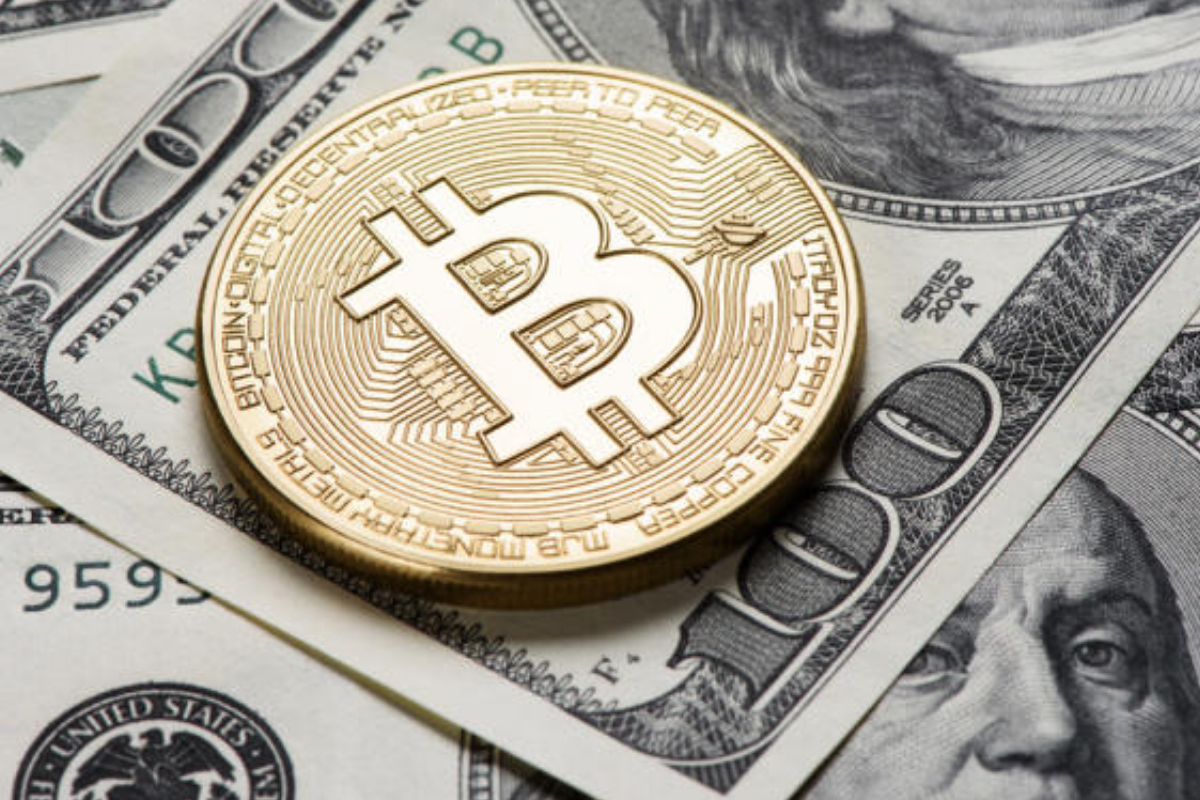Consumers drank more Coca-Cola, Powerade, and Costa coffee, according to the company’s quarterly earnings report, which surpassed analysts’ forecasts.
Despite the successful quarter, CEO James Quincey told CNBC’s Sara Eisen that there are “storm clouds” on the horizon. During the first quarter, the company largely survived inflationary headwinds and maintained its projection.
In premarket trading, the stock of Coca-Colaincreased by 2%.
Based on a Refinitiv survey of analysts, here’s how the company’s results compared to what Wall Street expected:
Earnings per share: 64 cents adjusted vs. 58 cents expected
Revenue: $10.5 billion vs. $9.83 billion expected
Coca-Cola reported $2.78 billion in net income attributable to shareholders in the first quarter, up from $2.25 billion, or 52 cents per share, a year ago.
Excluding adjustments, the beverage giant earned 64 cents per share, exceeding analysts’ expectations of 58 cents per share, according to Refinitiv.
Net sales increased by 16 percent to $10.5 billion, exceeding the $9.83 billion forecast by Wall Street. Organic sales increased 18 percent in the quarter, excluding the impact of acquisitions and divestitures.
Pricing and mix, which includes price increases across the board, increased by 7% in the quarter, aided by tactics such as bottling its drinks in smaller bottles. Coca-Cola said it has been extending its array of single-serving options at “affordable” rates as inflation puts pressure on profit margins and buyers’ budgets.
Many food and beverage industries focused on bulk packaging due to high demand and shopping trends, but smaller packaging has reappeared in recent months.
Consumers would not “swallow inflation endlessly,” Quincey told CNBC. Key components such as high fructose corn syrup, plastic, and aluminium are all costing more for the corporation.
Coca-Cola is aiming to invest in its brands so that consumers are ready to pay more for its beverages, according to Quincey, who spoke on the company’s earnings conference call. He went on to say that raising prices now is preferable to trying to raise them later during a recession, when people are more price sensitive.
“We’re going to err towards taking the price increase,” Quincey said on the conference call.
During the quarter, Coca-Cola’s unit case volume increased by 8%. Both the nutrition, juice, dairy, and plant-based beverages category and the hydration, sports, coffee, and tea segment had double-digit volume growth. The volume of the company’s effervescent soft drink segment increased by 7%, owing to increased demand for the company’s eponymous soda and its sugar-free variant.
Coca-Cola halted business in Russia in early March, citing the Kremlin’s invasion of Ukraine as the reason. The decision is likely to reduce unit case volume by 1%, as well as revenue and operating income by 1% to 2%, according to the business. Coca-Cola also expects a 4 cent per share drop in comparable earnings as a result of the decision.
“We are keeping a close watch on the spillover effects of the conflict in Ukraine on the health of the consumer, and we remain ready to pivot and adapt,” Quincey told analysts on the company’s earnings call.
Despite the suspension of its Russian operations, the company maintained its full-year sales growth projections of 7% to 8% and comparable earnings per share growth of 5% to 6%. Coca-Cola expects a 4 percent headwind from foreign currency in the second quarter.
For the latest Business News Follow BOL News on Google News. Read more on Latest Business News on oldsite.bolnews.com





















